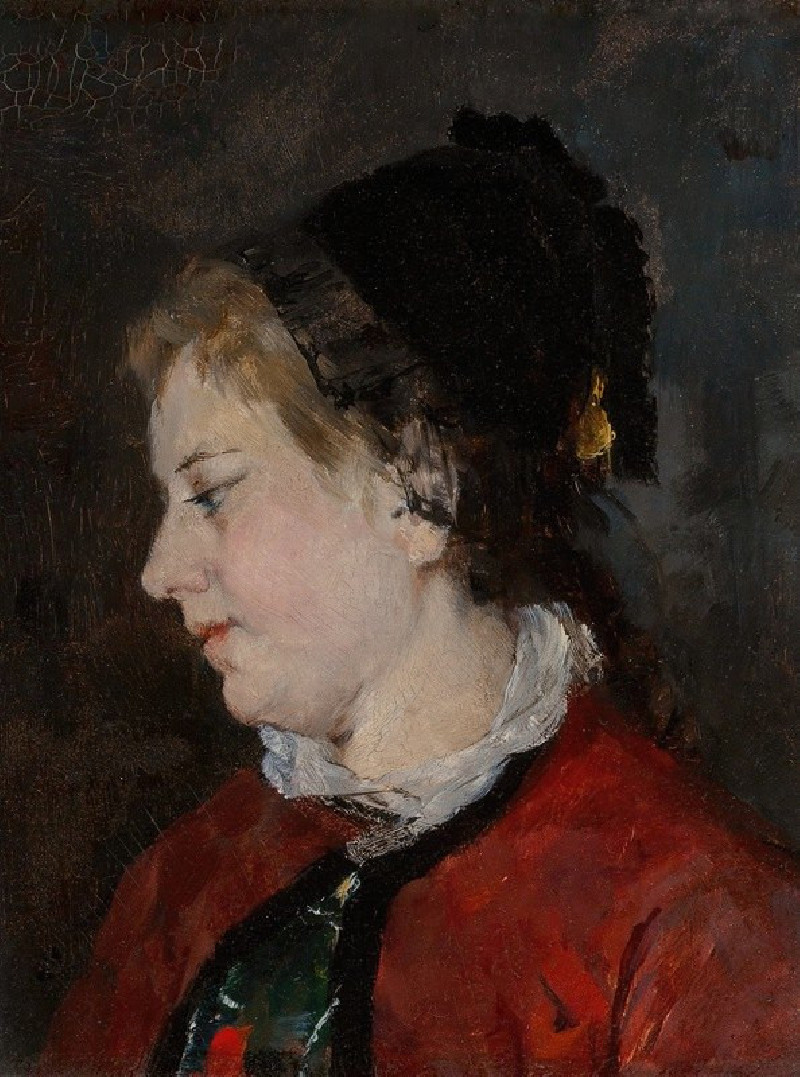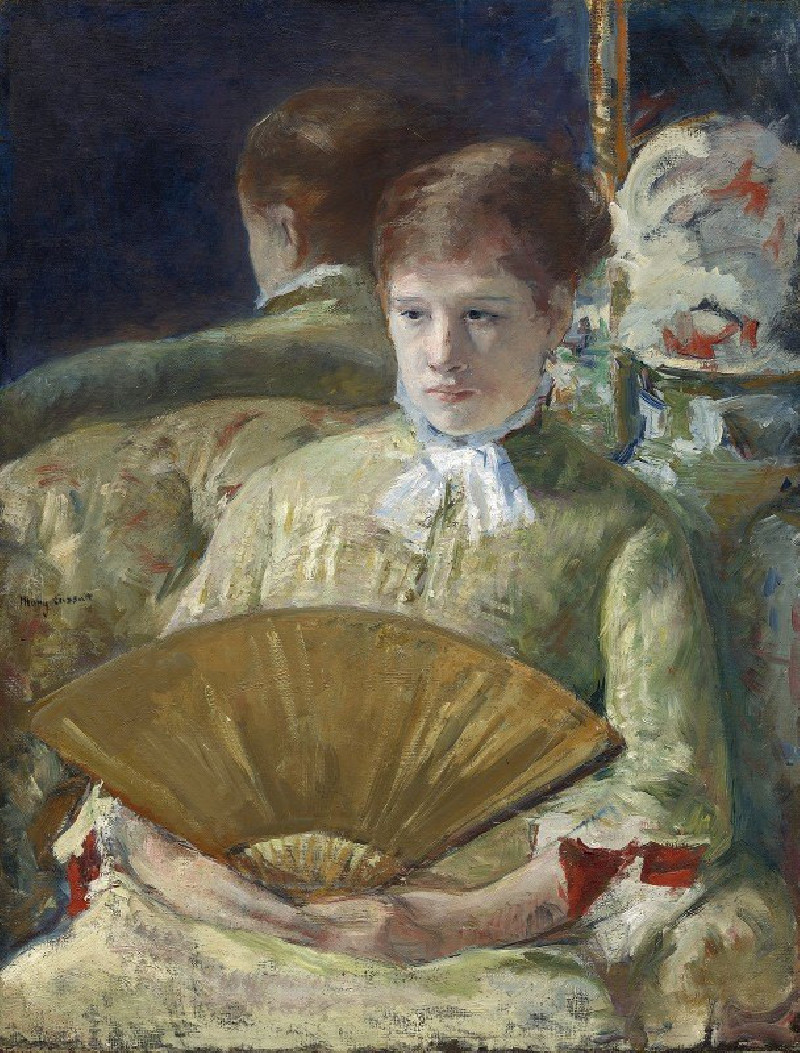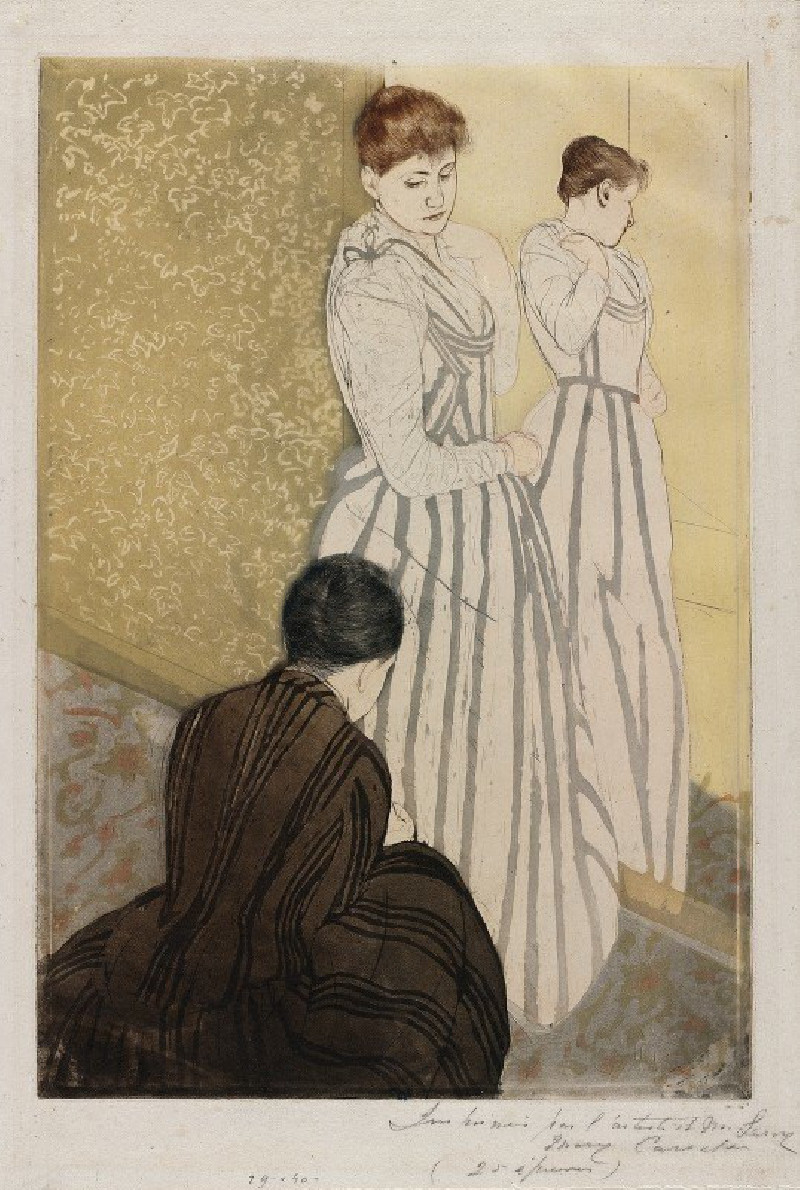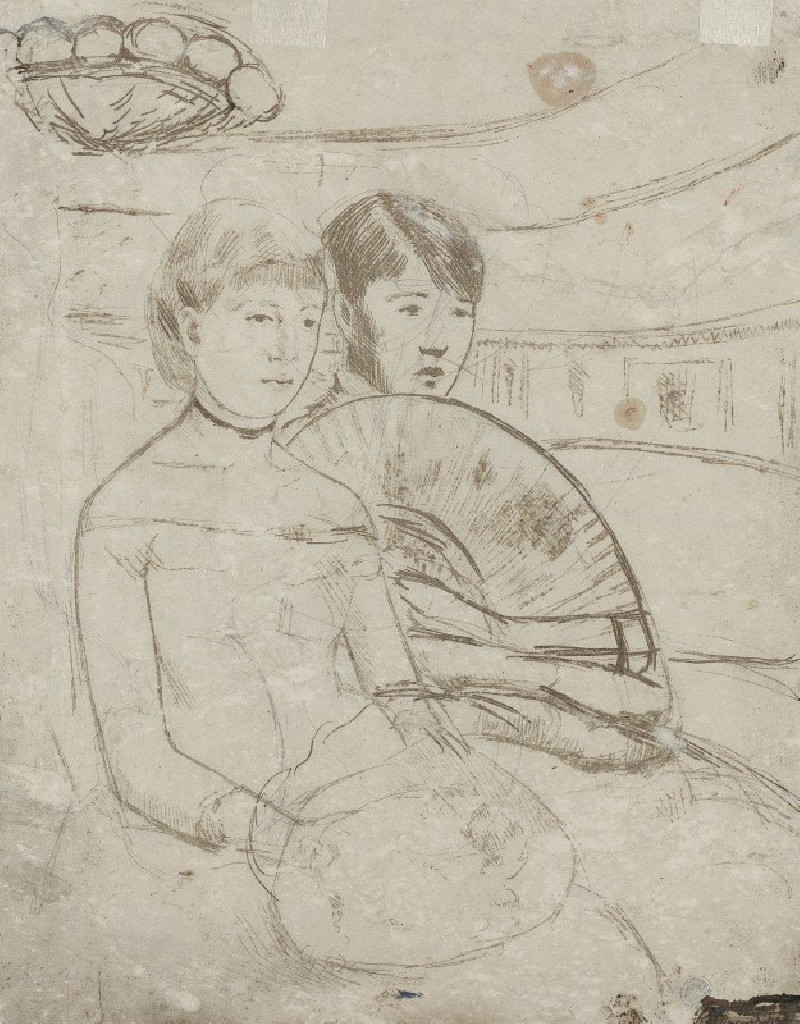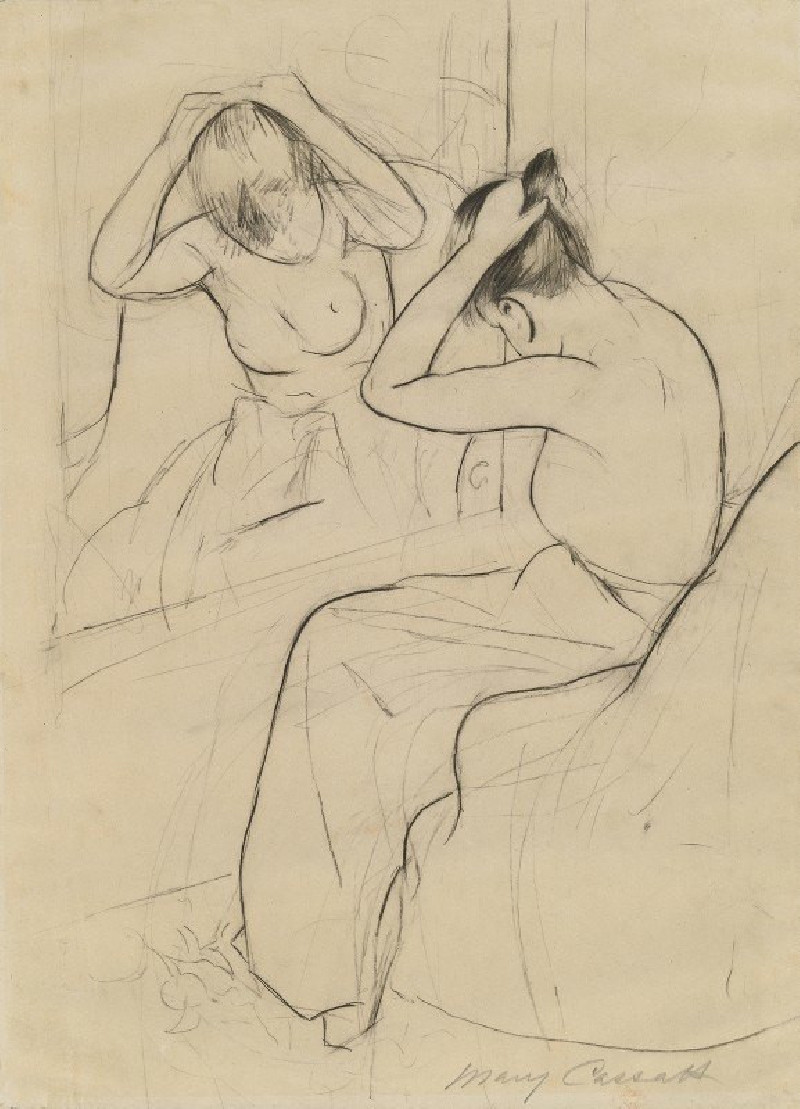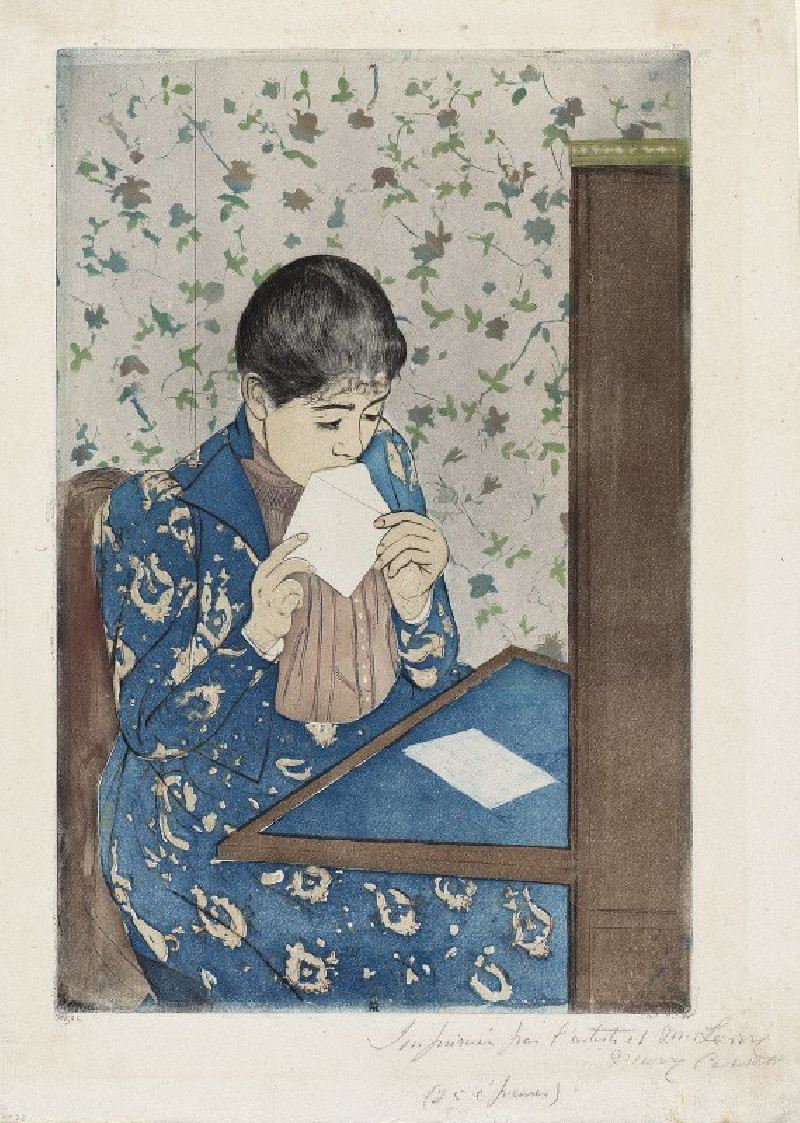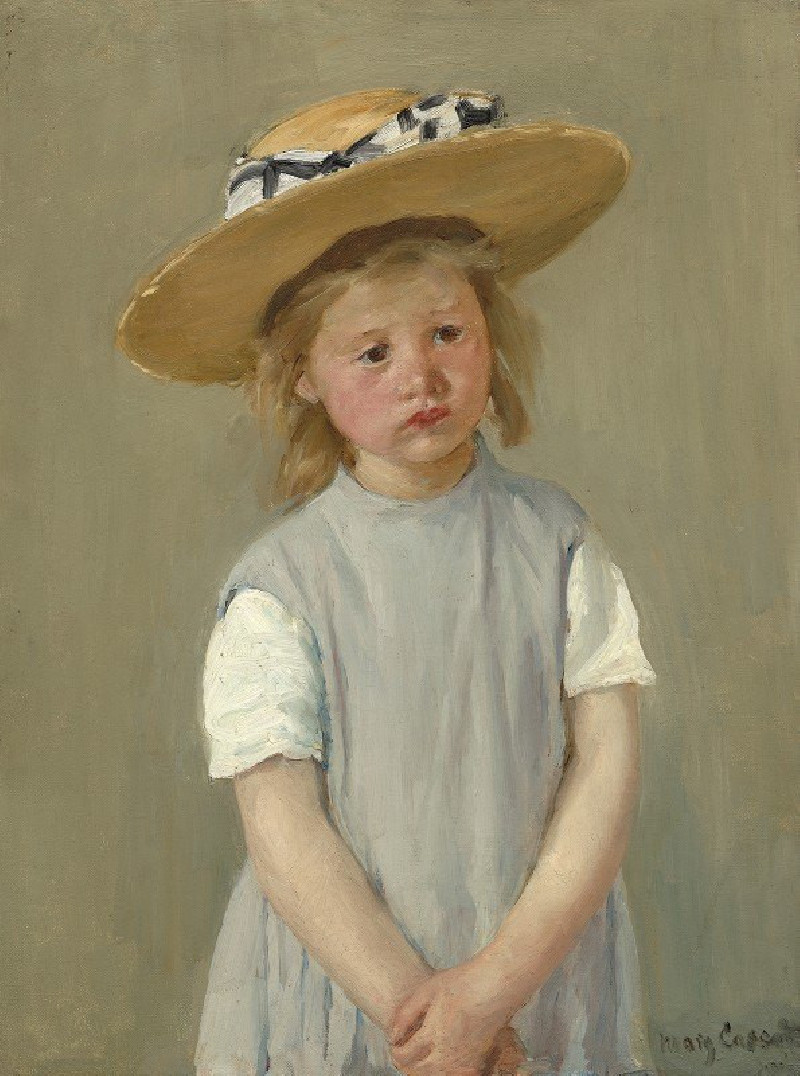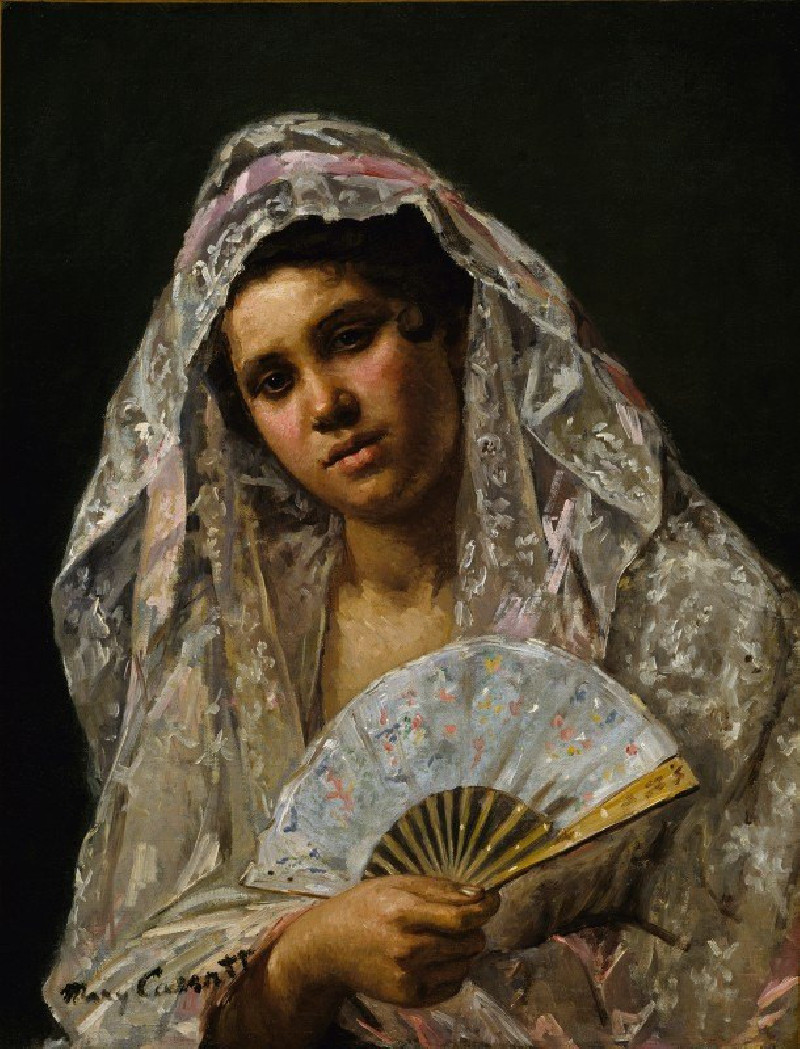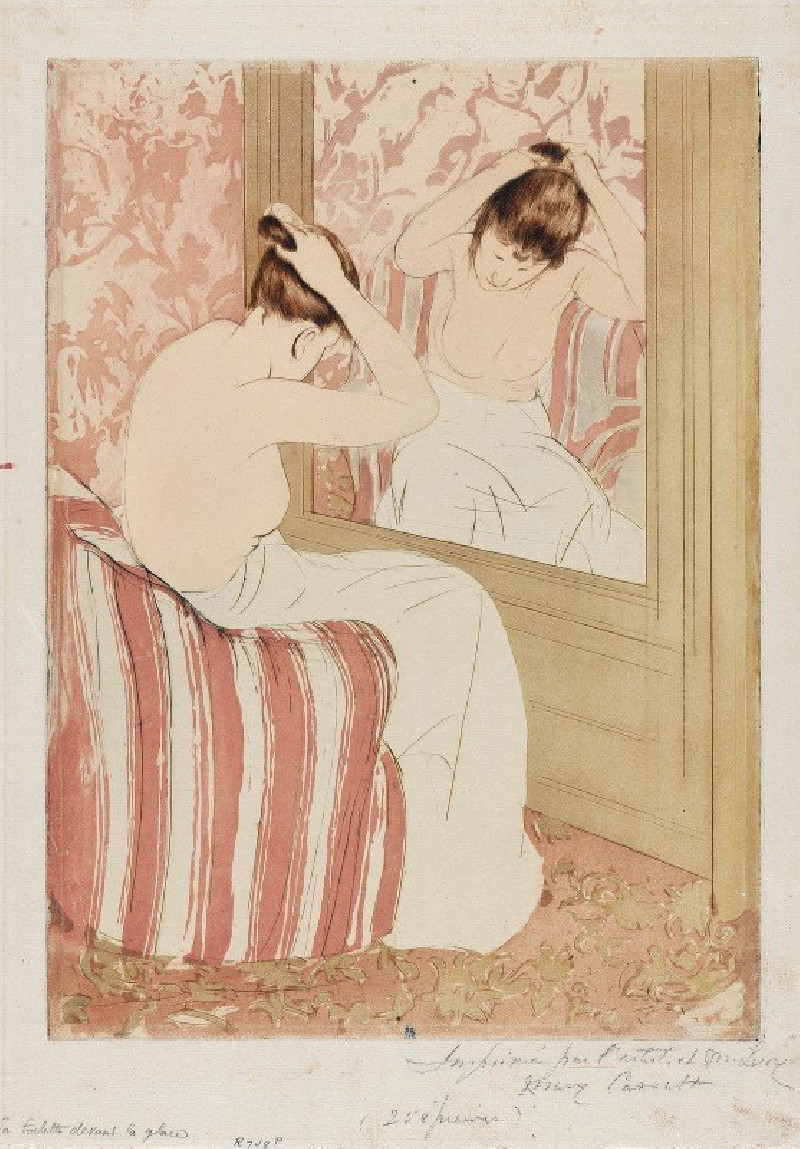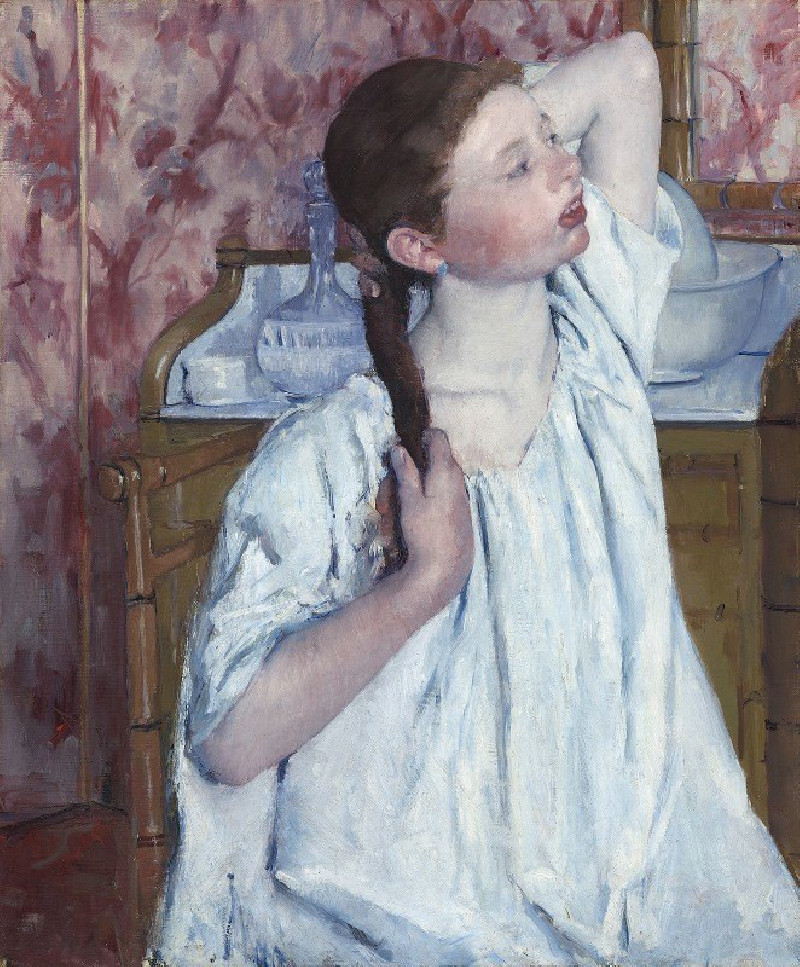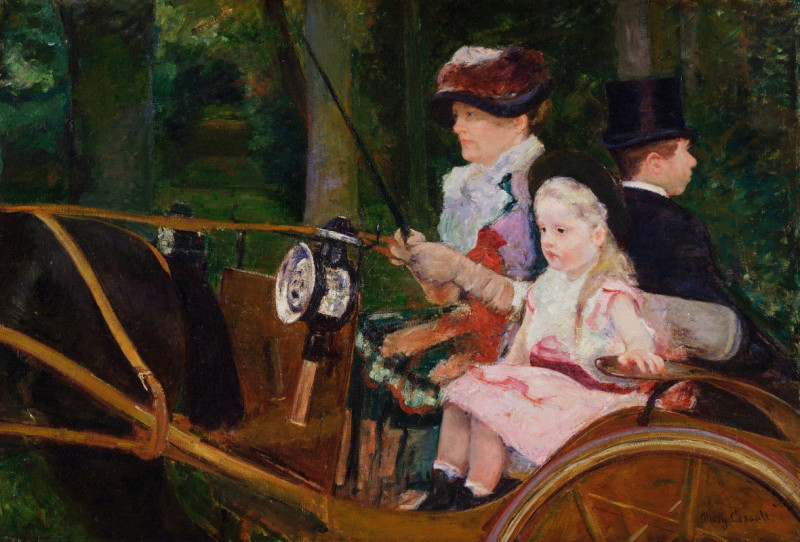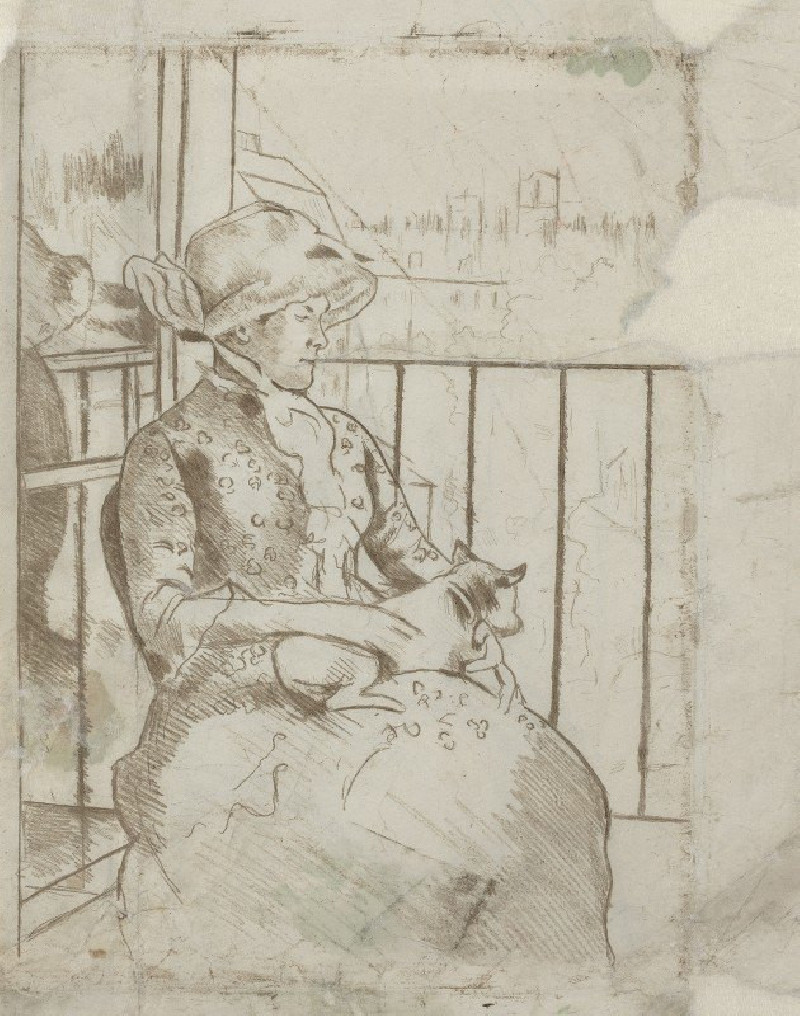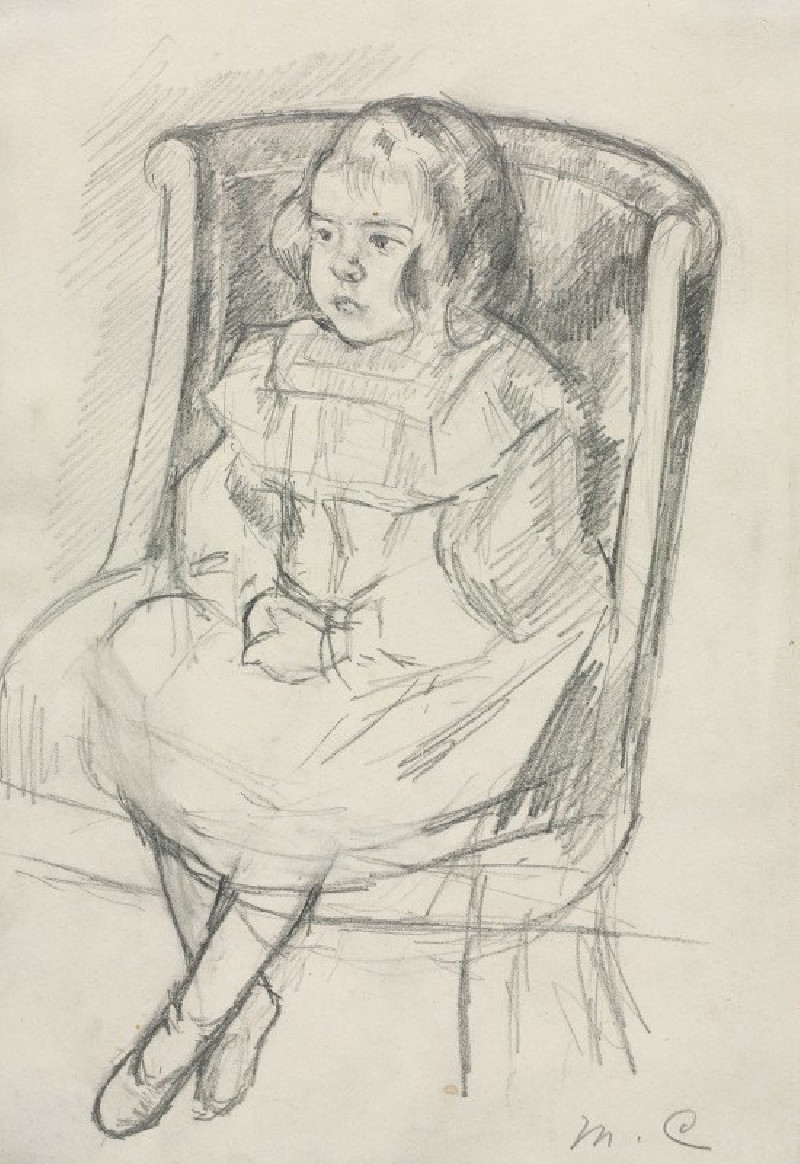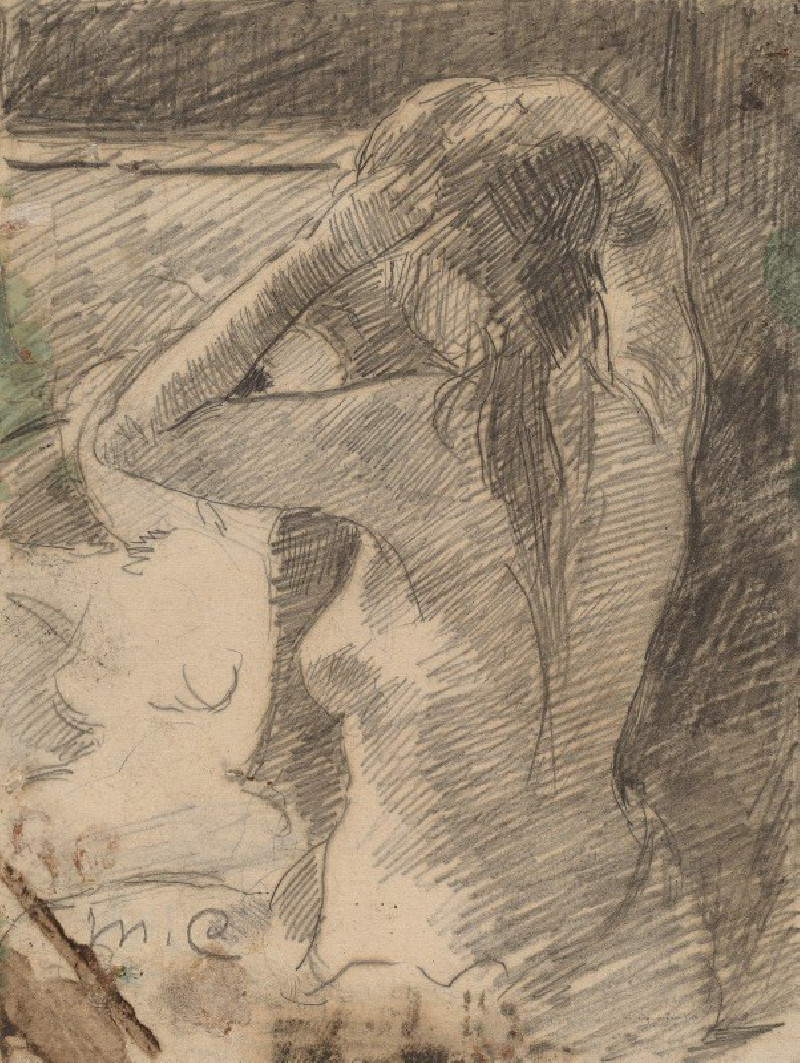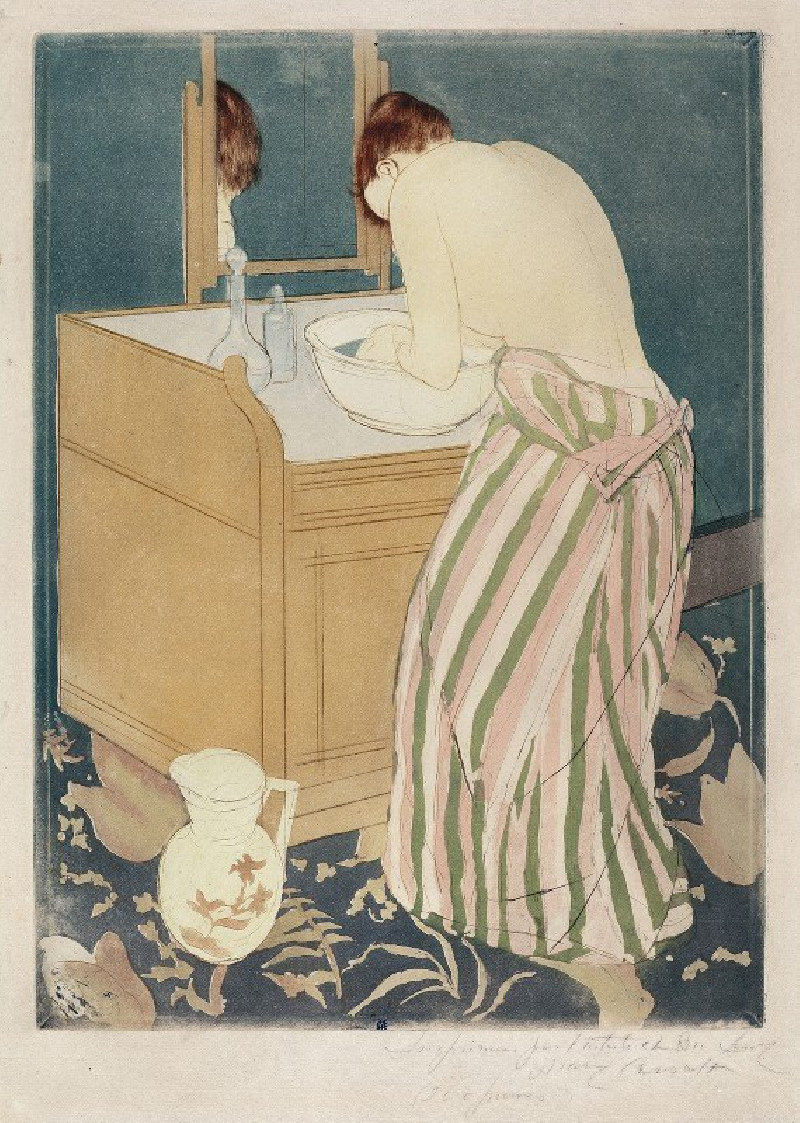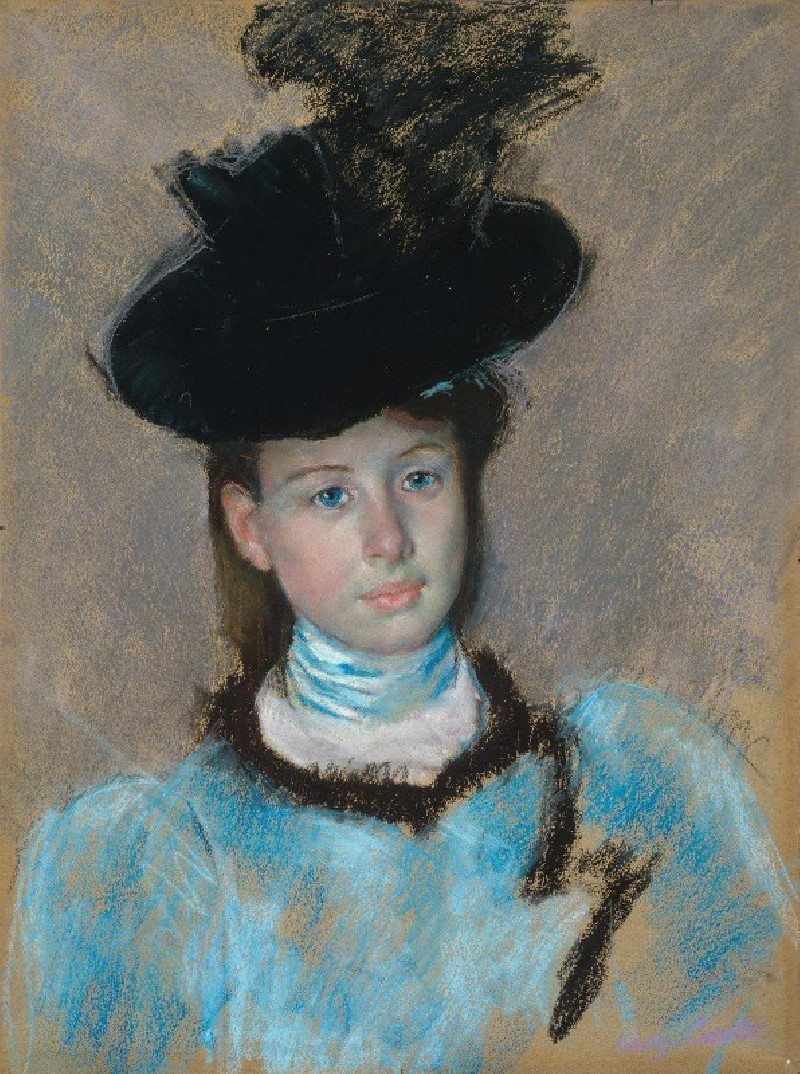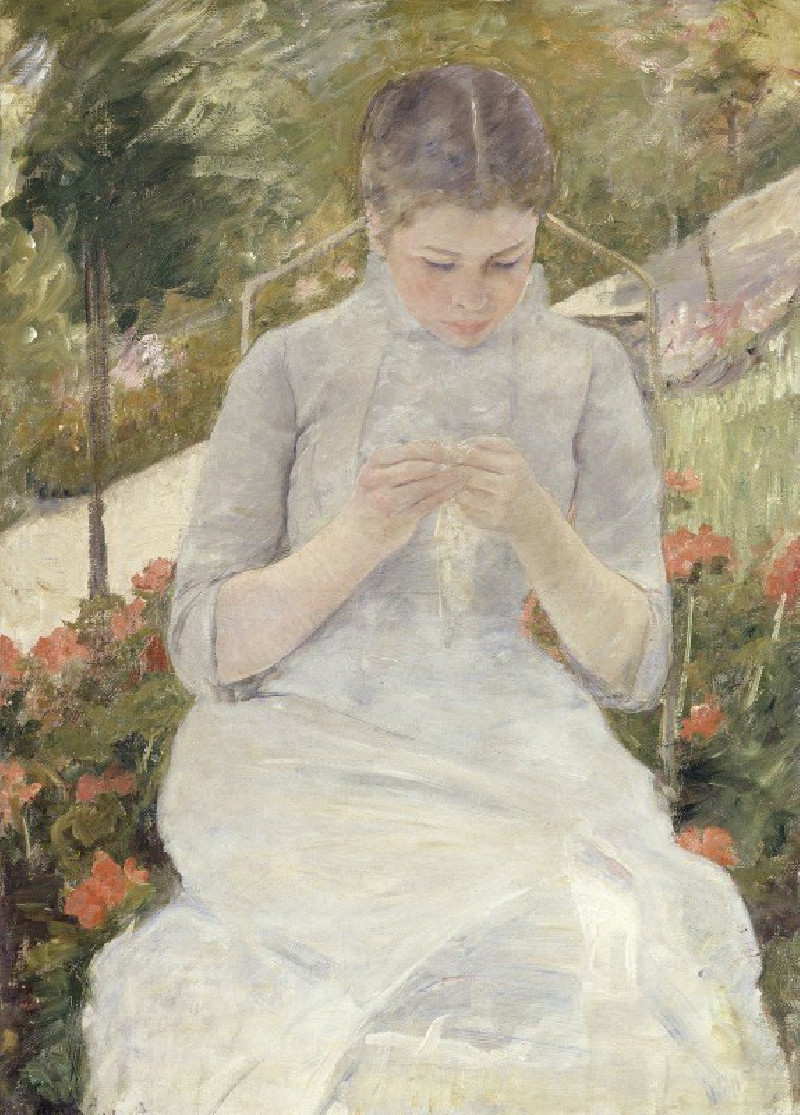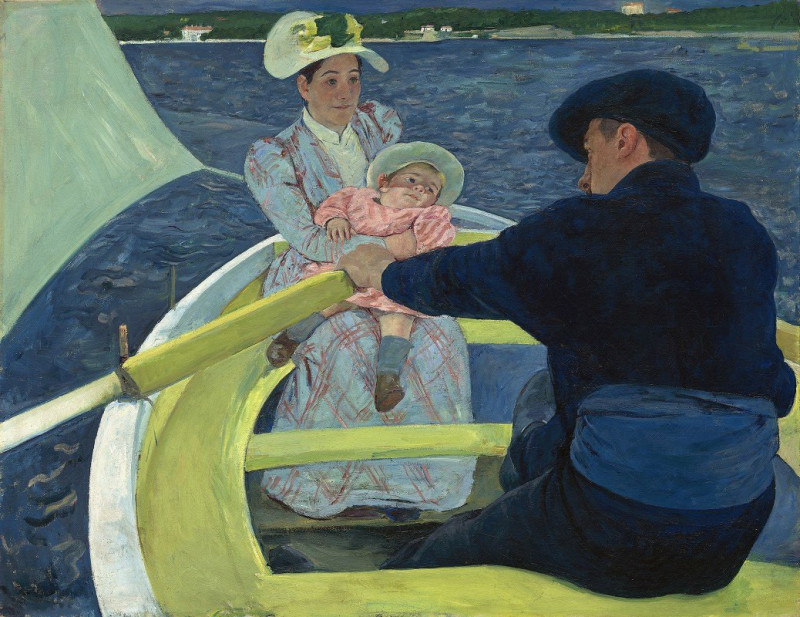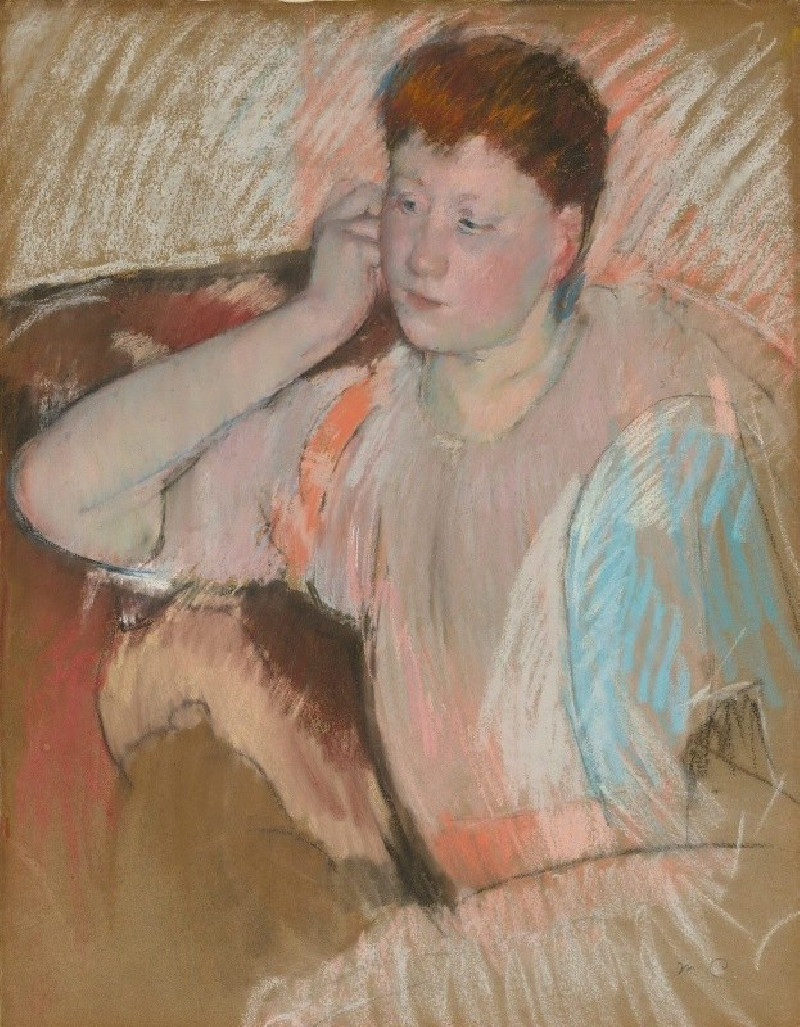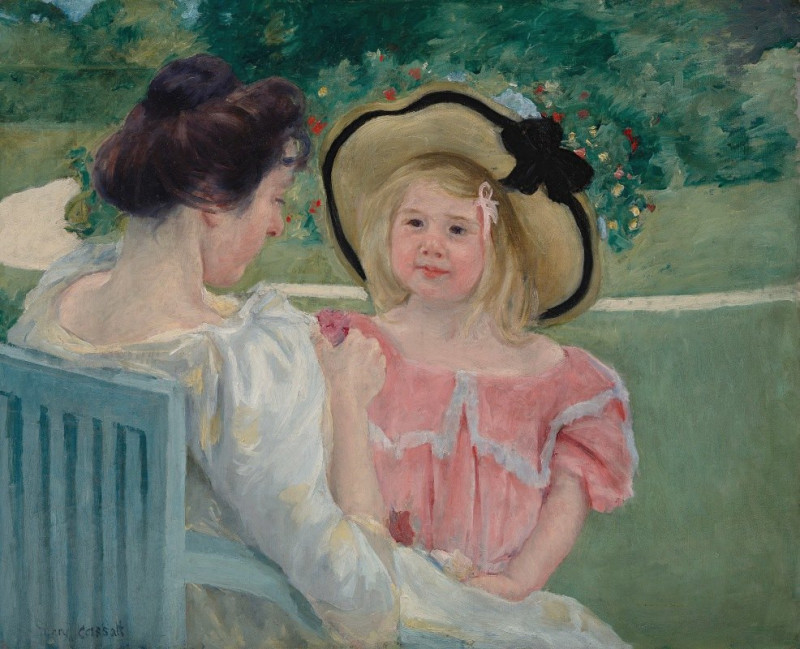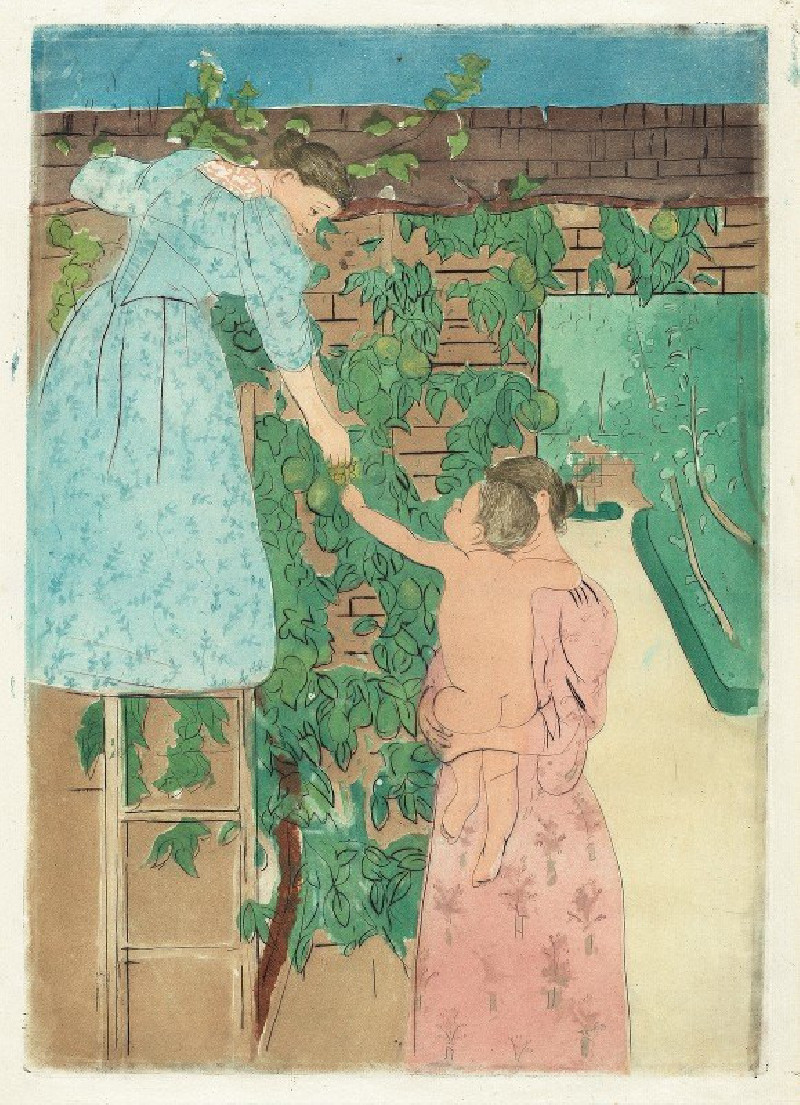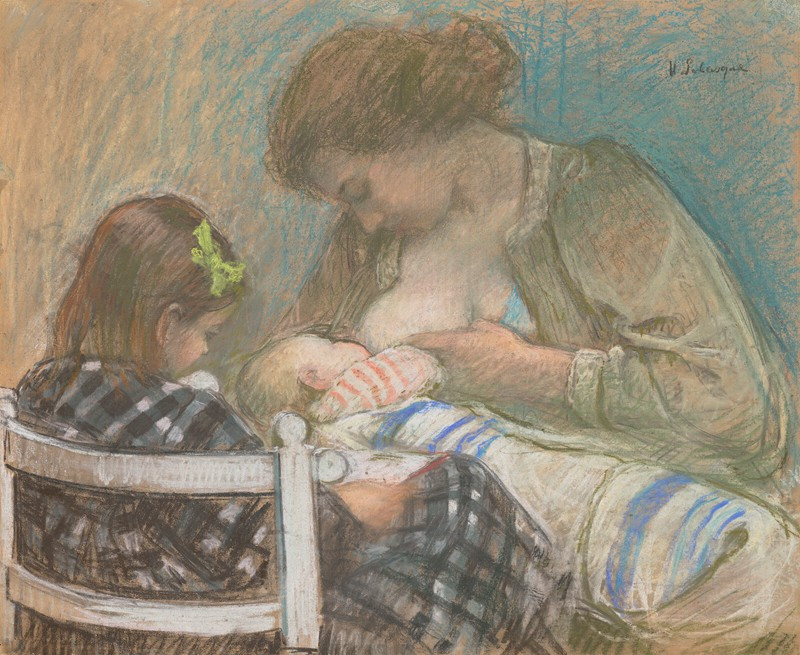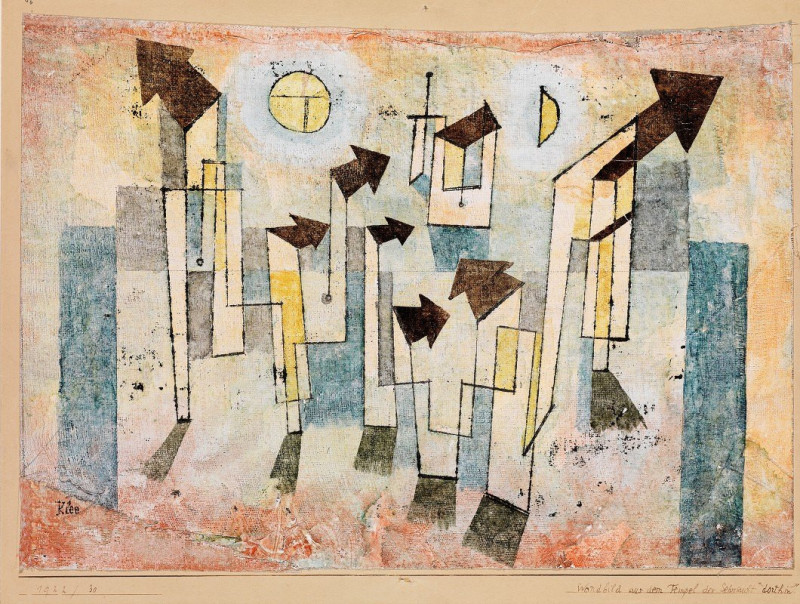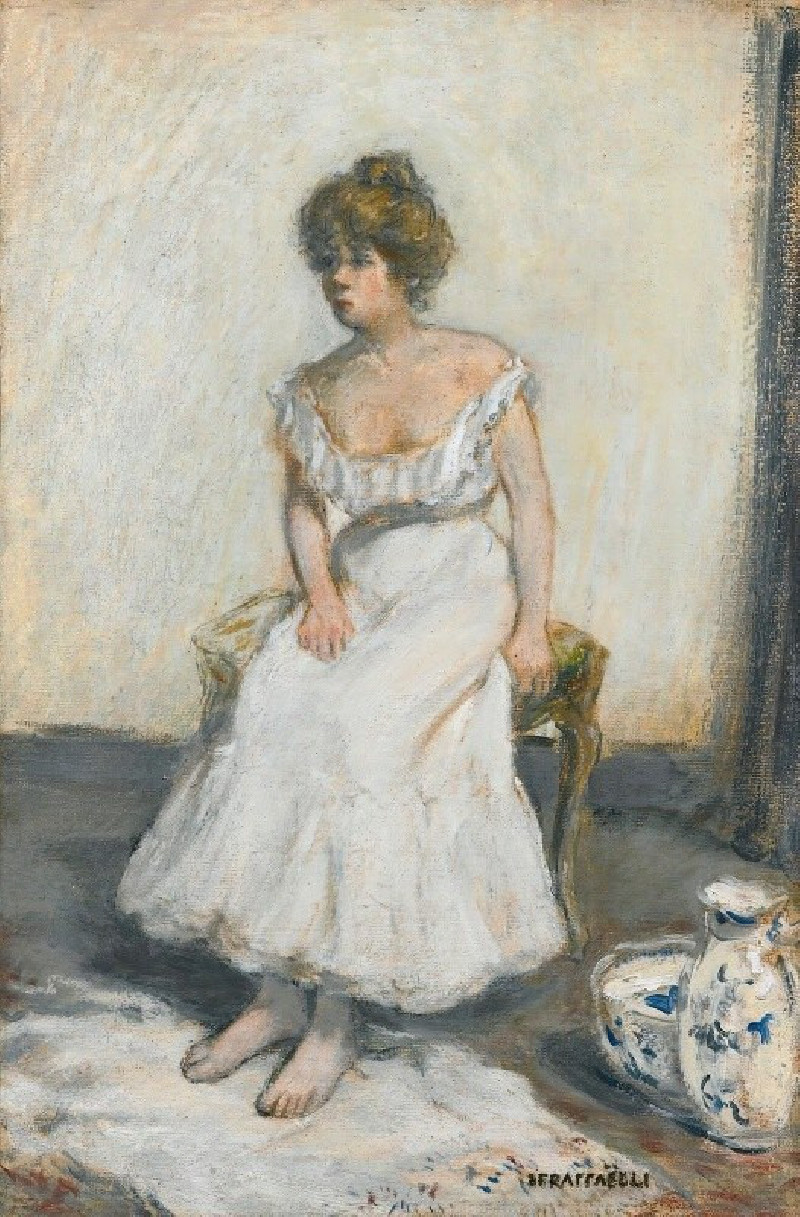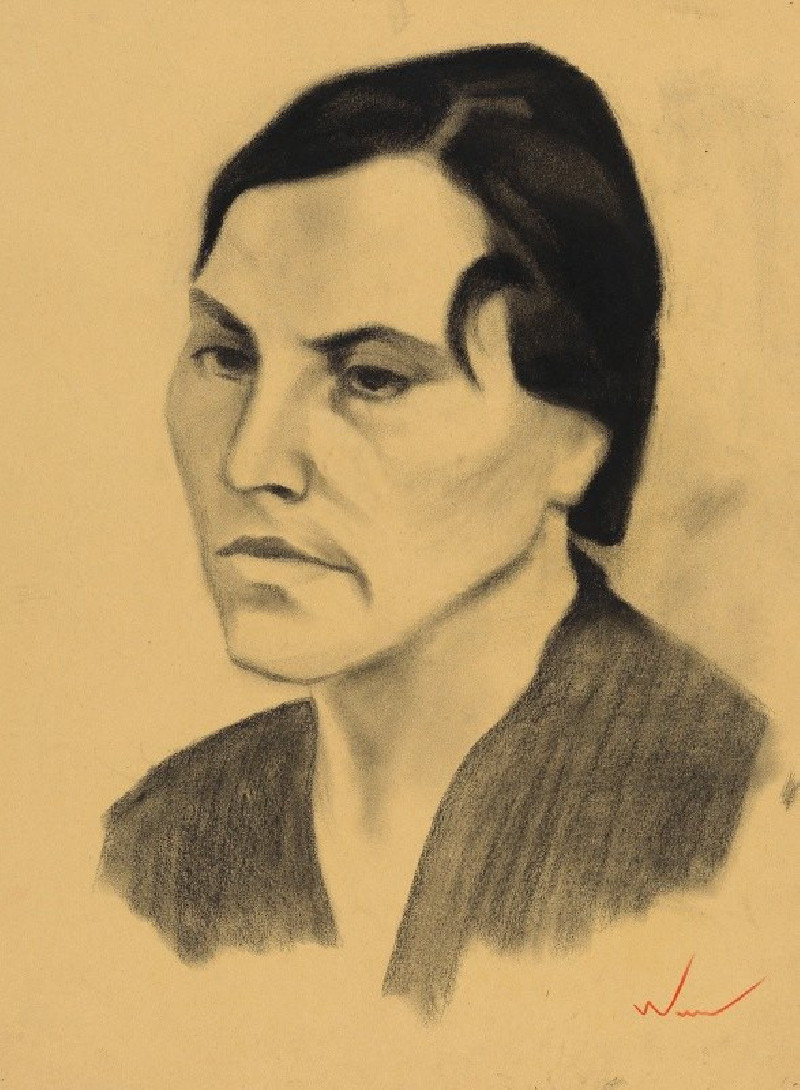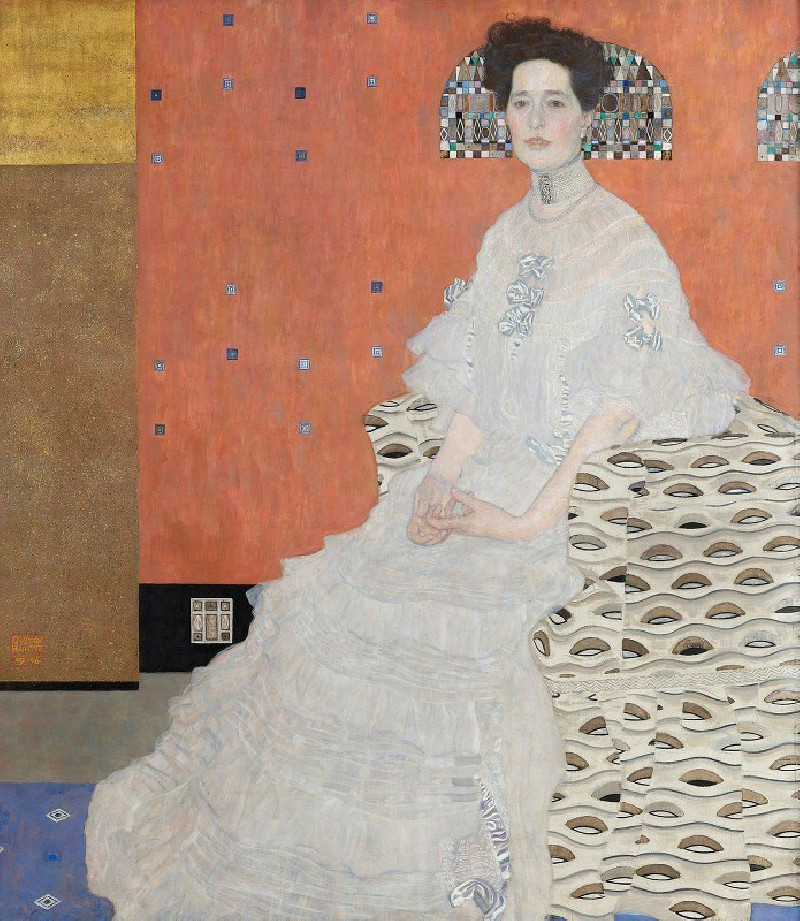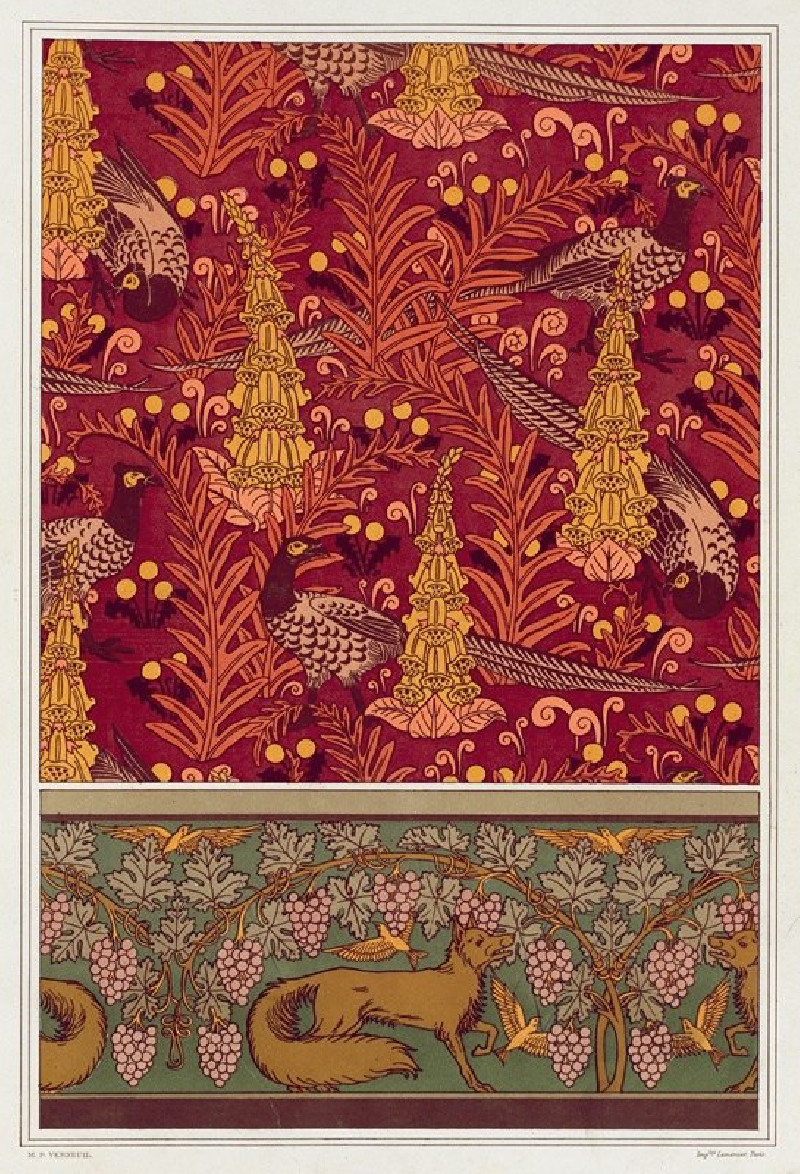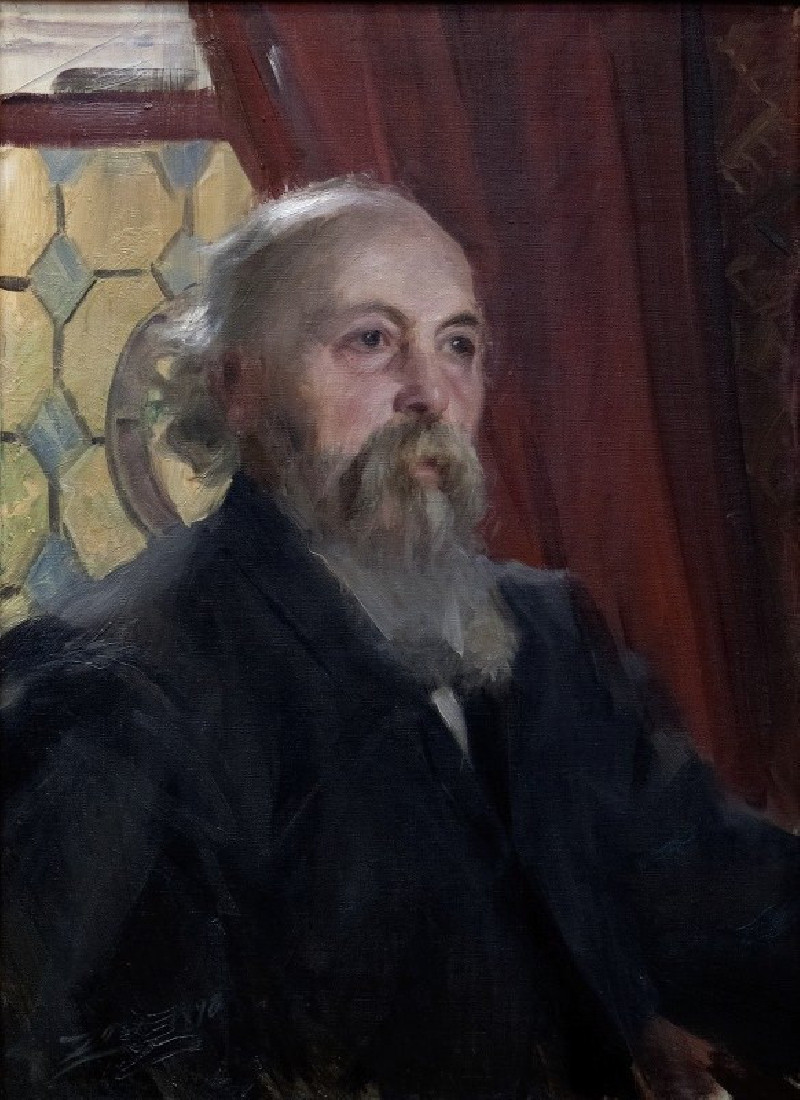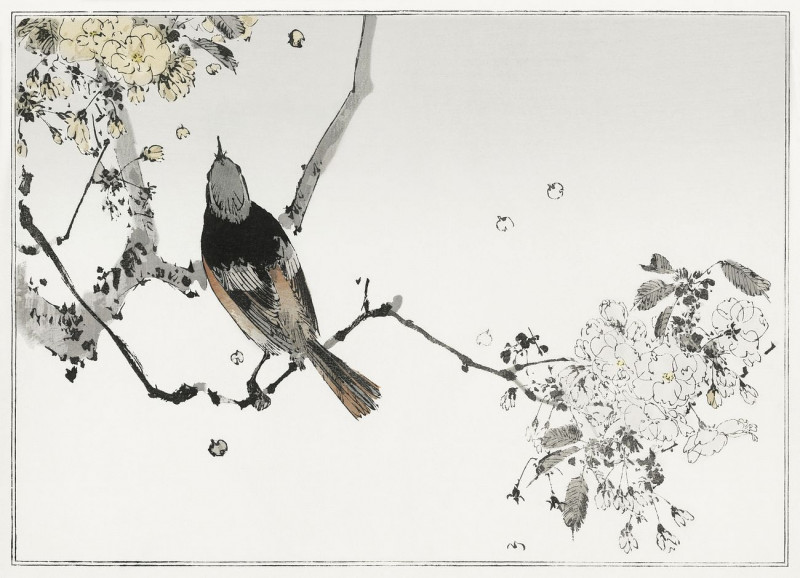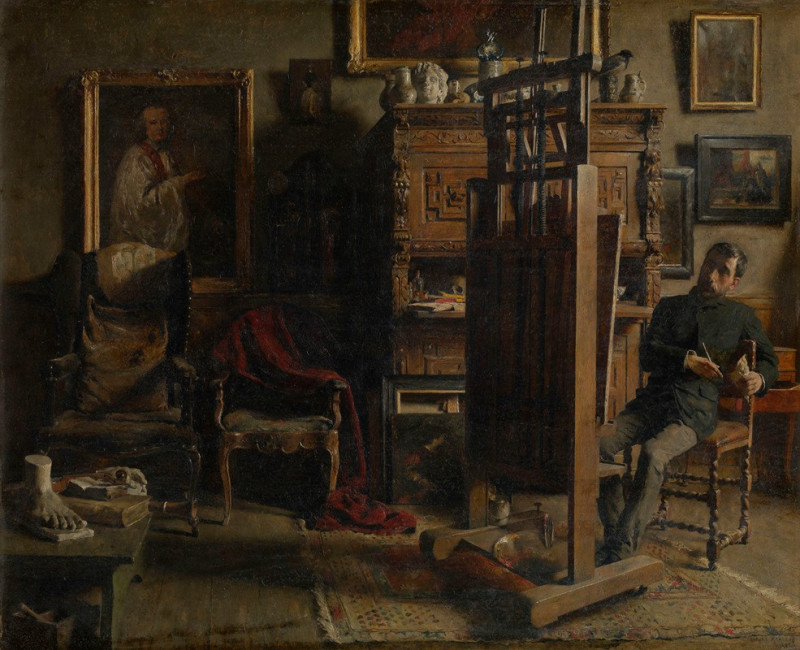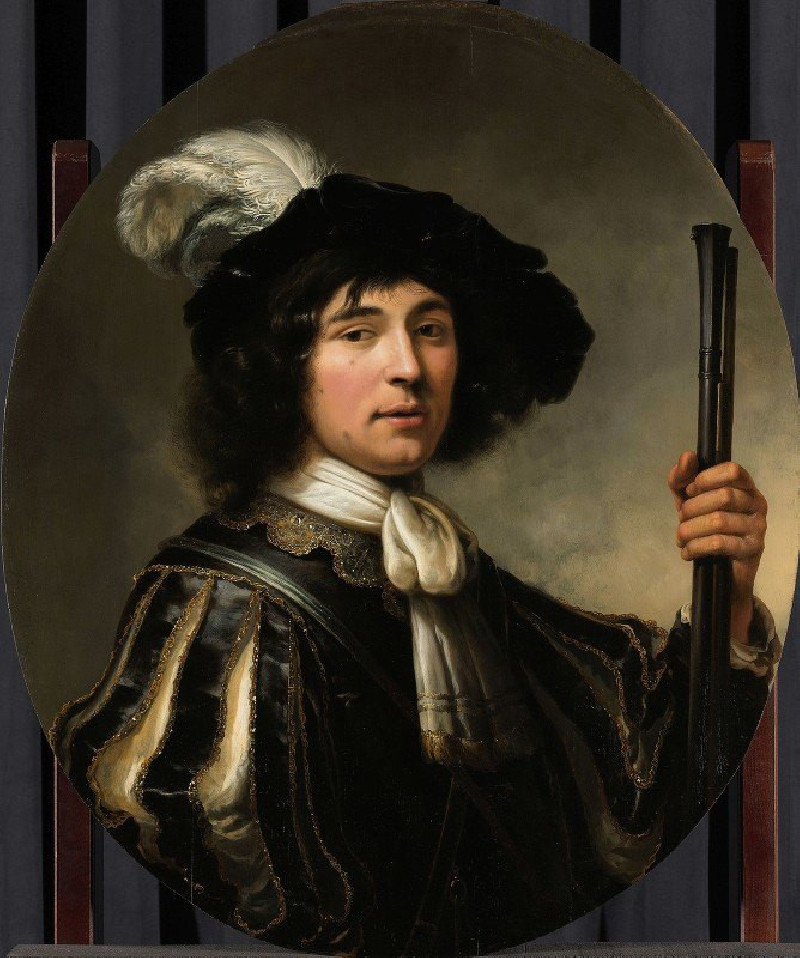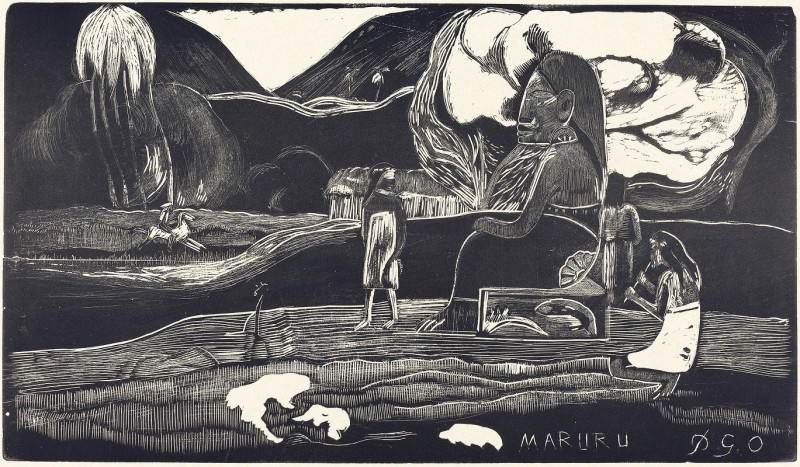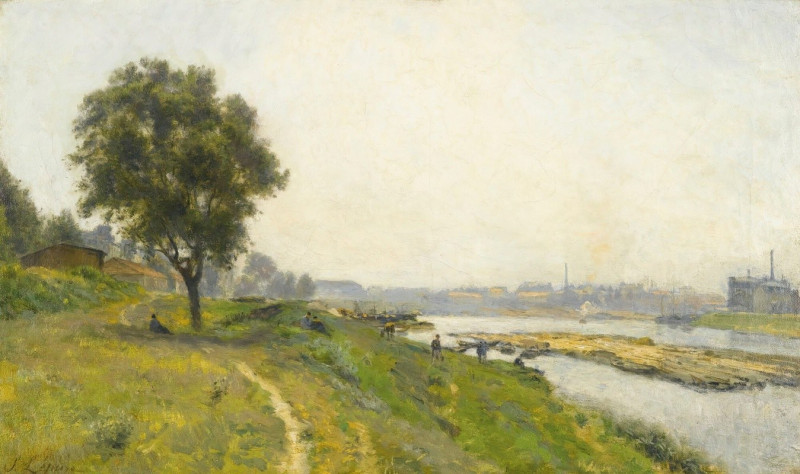Portrait of Madame Sisley (1873)
Technique: Giclée quality print
Recommended by our customers
More about this artwork
Featured on our website this week is a captivating artwork by the prominent American painter Mary Cassatt, titled "Portrait of Madame Sisley" painted in 1873. This painting is a beautiful example of Cassatt’s skill in portraying the delicate nuances of human expressions and her exquisite use of color.The portrait depicts a woman, presumed to be Madame Sisley, dressed in a vibrant red top with a soft white collar peaking out, which contrasts strikingly against her dark hair, adorned with a modest black accessory. Her contemplative gaze is directed away from the viewer, lending an air of introspection and gentle serenity to her demeanor. The brushwork is loose and expressive, typical of Cassatt’s style, which allows for an intimate and personal representation of the subject.Mary Cassatt, known for her profound contributions to the Impressionist movement, often focused on the social and private lives of women, emphasizing the intimate bonds they shared. In this painting, Cassatt captures not just the physical likeness of Madame Sisley, but also a glimpse into her quiet and reflective moments. This piece not only highlights Cassatt’s mastery of portraiture but also her ability to convey deep emotional and psychological presence through her art."Portrait of Madame Sisley" remains a significant piece in understanding both Mary Cassatt’s artistic legacy and the broader scope of female portraiture in the Impressionist era.
Delivery
Returns
Mary Stevenson Cassatt was an American painter and printmaker. She was born in Allegheny City, Pennsylvania (now part of Pittsburgh’s North Side), but lived much of her adult life in France where she befriended Edgar Degas and exhibited with the Impressionists. Cassatt often created images of the social and private lives of women, with particular emphasis on the intimate bonds between mothers and children.
She was described by Gustave Geffroy as one of "les trois grandes dames" (the three great ladies) of Impressionism alongside Marie Bracquemond and Berthe Morisot.In 1879, Diego Martelli compared her to Degas, as they both sought to depict movement, light, and design in the most modern sense.

